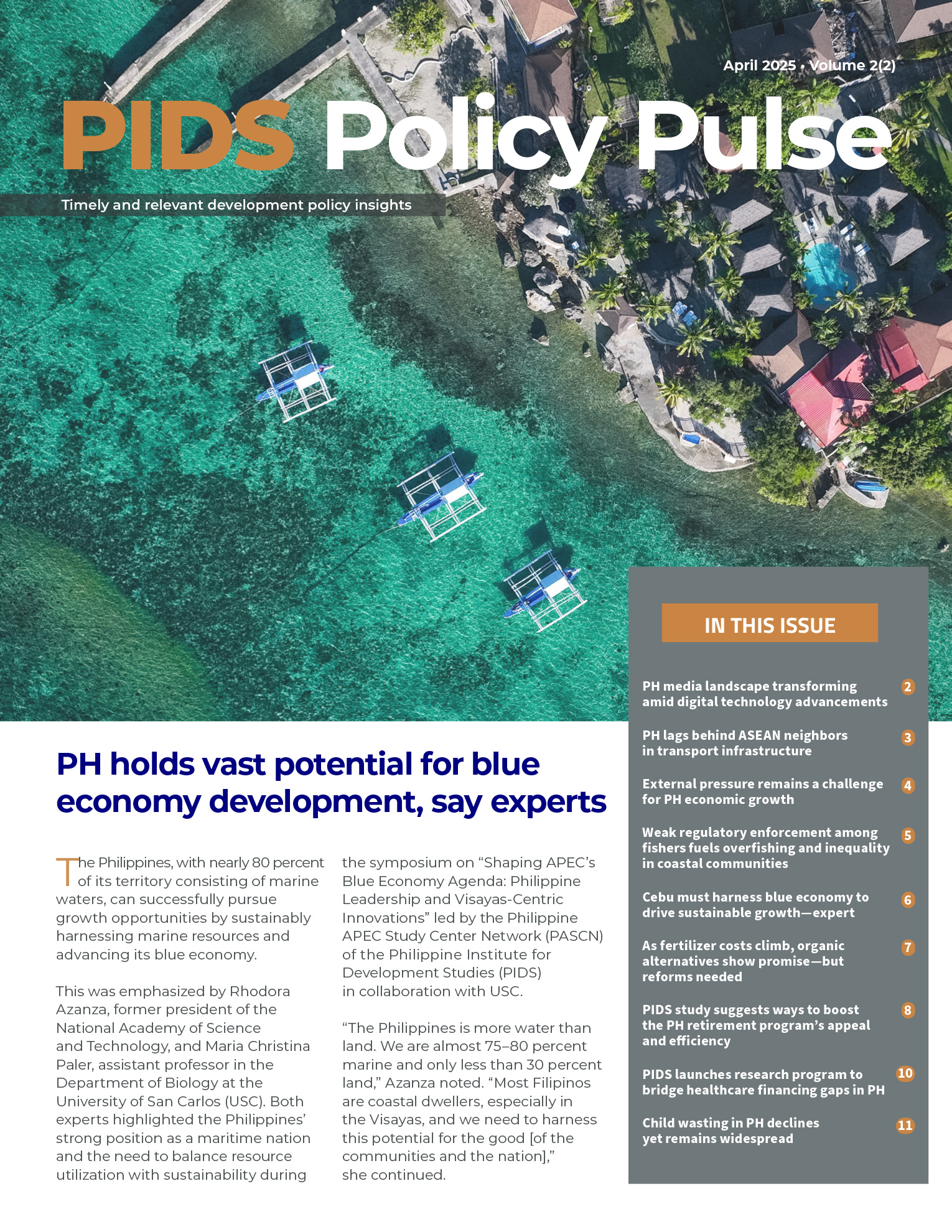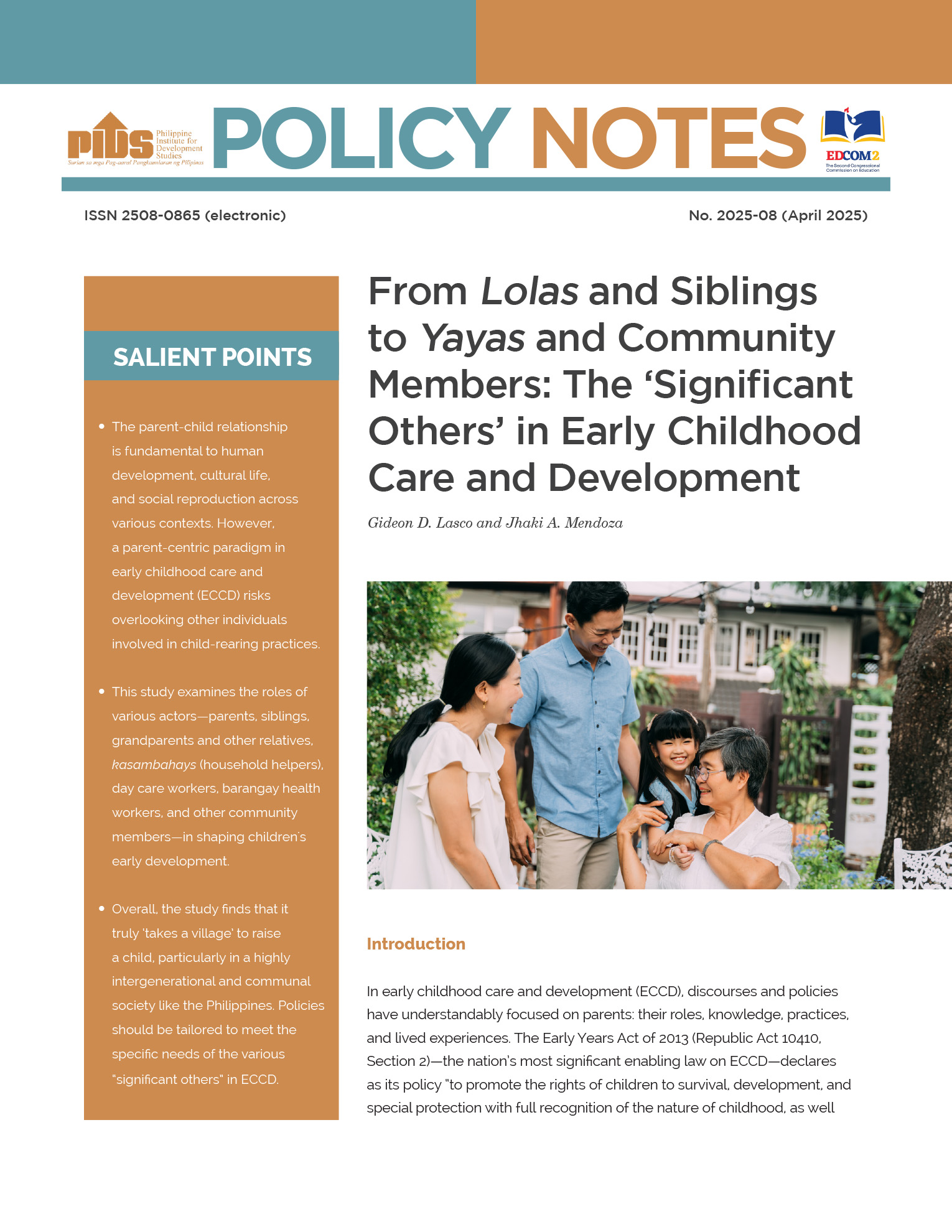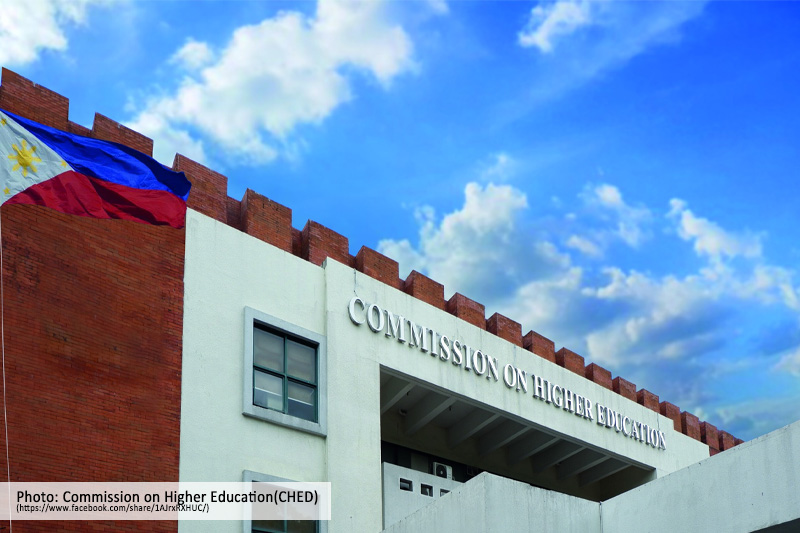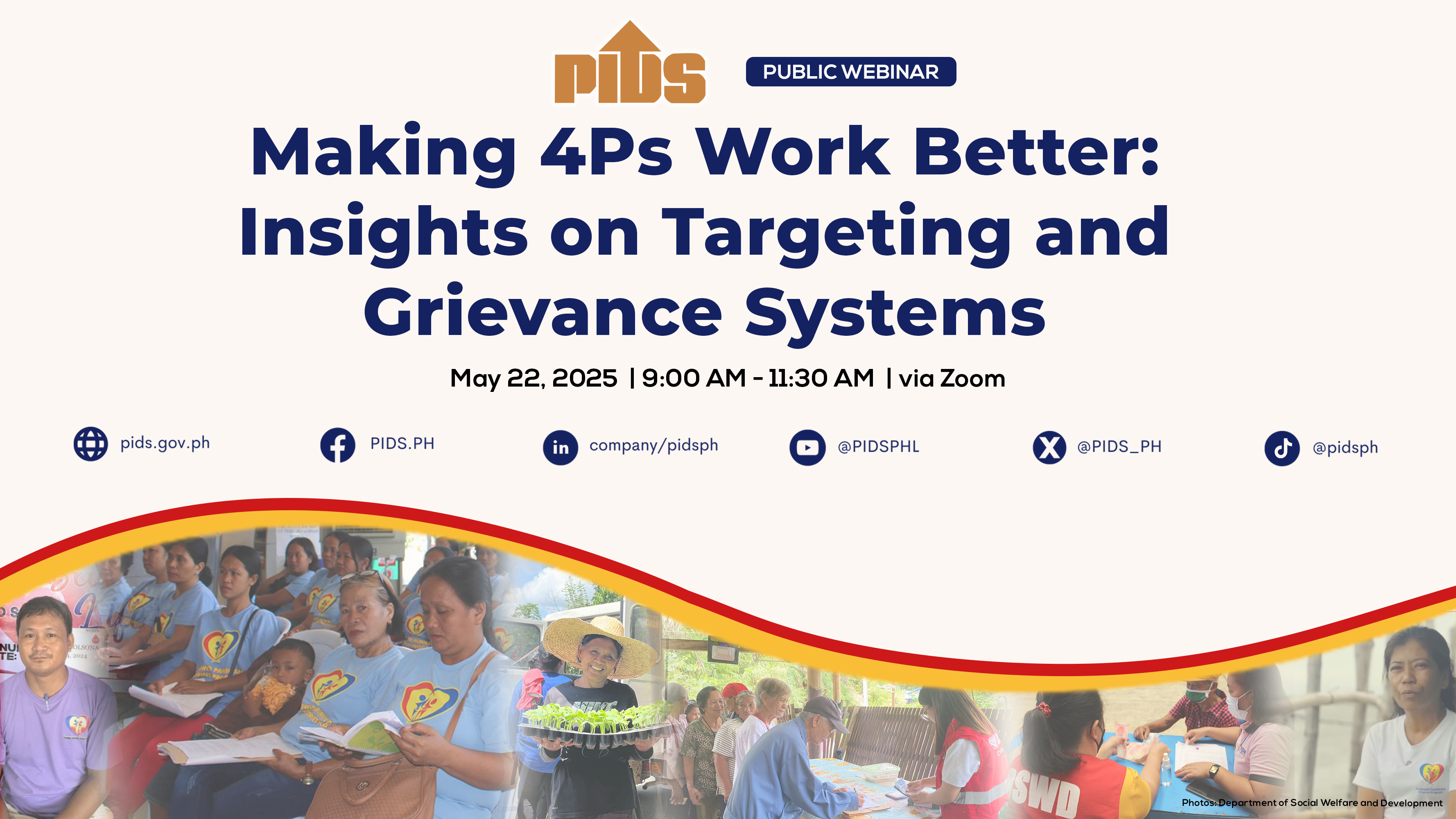INEQUITIES in accessibility, availability and affordability of health services across the country still exist, a senior research fellow of state think tank Philippine Institute for Development Studies (PIDS) said.
PIDS senior research fellow Celia Reyes said that the recent economic gains have not translated to better and equitable social outcomes, particularly in the health sector.
She said that people in Luzon, particularly in the National Capital Region (NCR), generally have better access to health services and facilities compared to those in the Visayas and Mindanao.
Citing official government data, she said there are more health facilities and health professionals in Luzon, particularly in the NCR compared to Visayas and Mindanao.
As an example, she said that only one-third of the provinces are able to meet the required one bed for every 1,000 people ratio, and most of these hospitals, she said, are in the NCR.
Reyes also underscored the uneven distribution of health labor force across the country. She said that there are 28 physicians for every 100,000 people in Metro Manila, whereas there are only 12 per 100,000 in Central Visayas. In Bicol region, the ratio is lower at 10 physicians per 100,000 and even lower in the Autonomous Region in Muslim Mindanao at only three per 100,000 population.
Moreover, she said that when it comes to health facilities, not all hospitals have x-ray and ultrasound machines. Hospitals in Metro Manila are more equipped compared to other regions. Aside from this, not all hospitals have complete basic emergency equipment.
Only 56 percent of hospitals in Metro Manila have complete basic emergency equipment while for the rest of the regions, less than half of hospitals have these facilities.
"Access to health facilities translates to better health situation. For example, in NCR where people have better access to health services and facilities, health indicators such as infant mortality, maternal health, antenatal care, etc., are also better,” she said.
These regional disparities, she said, need to be addressed to continue the gains that have been achieved in the health sector. She noted that the government should put more resources and capacity-building programs for regions that persistently trail behind in terms of health indicators.
Reyes, nevertheless, noted improvements in the overall health status among regions from 2008 to 2013.
Reyes said that by 2011, the rates in infant-mortality rate, malnutrition, antenatal care, immunization, and birth delivery by health professional have gone down and have become slightly more equitable across the regions.
She also said that except on acquired immune deficiency syndrome-human immunodeficiency virus (AIDS-HIV) infection, the Philippines remains on track in achieving health-related Millennium Development Goals, particularly targets related to reducing child mortality, as well as combating malaria and tuberculosis.
"There has been no significant difference for the maternal mortality figures between 2006 and 2011 and given this progress, it could be very difficult for the country to achieve the goal by 2015. The indicators for HIV AIDS are also not favorable given the increasing number of reported cases,” Reyes added.
Reyes spoke at a regional forum on Philippine Health Sector Performance in Cebu City recently, where she presented the study, which is part of a project by PIDS and the Department of Health that looks into the government’s Kalusugang Pangkalahatan, or Universal Health Care program, a component of the Health Sector Reform Agenda in 2010.
The study has three major components namely, financial risk protection, health facilities improvement and attainment of health-related MDGs.
Results and key findings of the PIDS-DOH research project will help policymakers steer the health system, monitor existing health policies and programs, and provide DOH and the Philippine Health Insurance Corporation (PhilHealth) basis for their future policies and programs.
The forum on Philippine Health Sector Performance was organized by PIDS in partnership with the DOH and the Philippine Information Agency’s office in Central Visayas.//
PHL growth fails to translate to better, equitable health care












